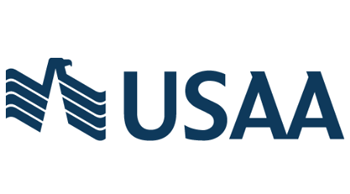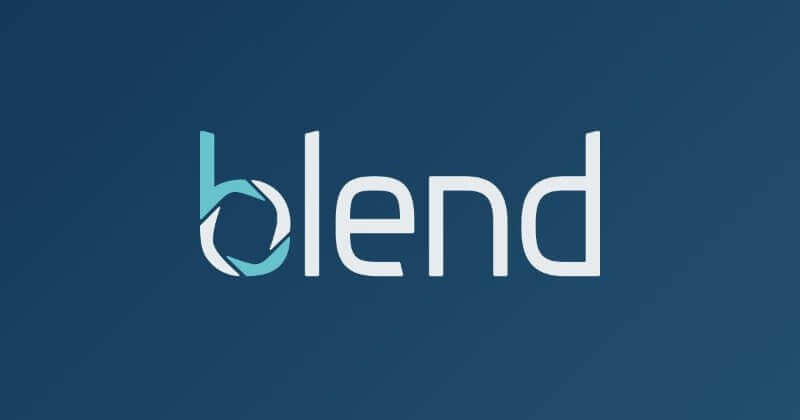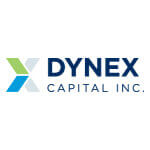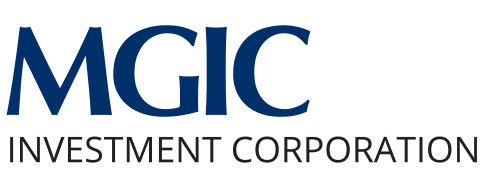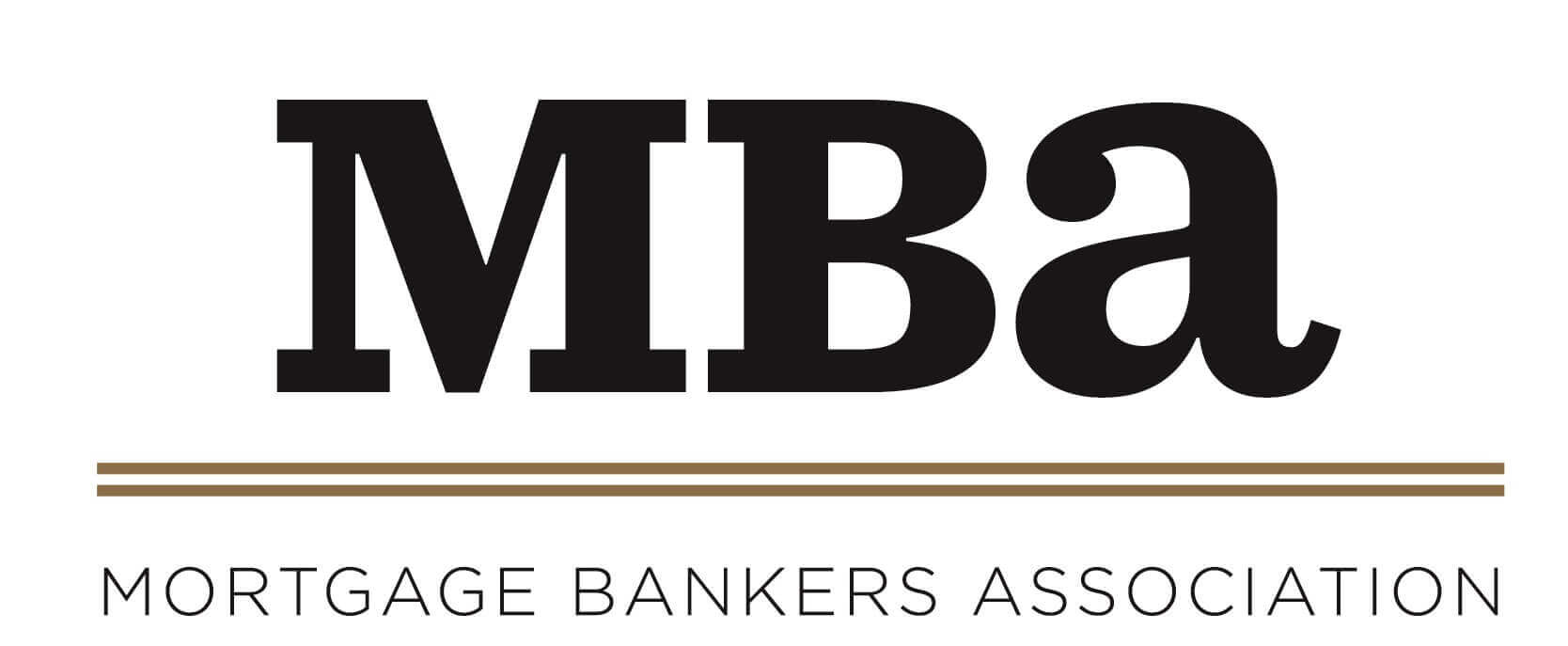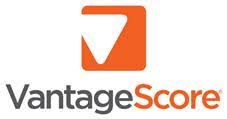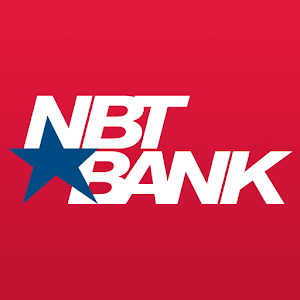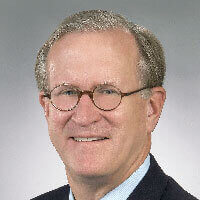
Barrett Burns
President and CEO of VantageScore Solutions, LLC
Mr. Burns serves as the President and Chief Executive Officer of VantageScore Solutions, LLC. Over the years of serving in the industry, he developed extensive experience in banking and finance that allowed him to hold executive positions in a variety of companies. He serves as a board member for numerous industry associations including the Mortgage Bankers Association, the Structured Finance Industry Group Executive Committee, America’s Homeowner Alliance, the Corporate Board of Governors for the National Association of Hispanic Real Estate Professionals, and the Asian Real Estate Association of America’s National Advisory Council.
From Barrett Burns
Our pitch has been allowing lenders to use either FICO or us, and they’d only be looking at the expense side of it.
[The credit scoring environment in the GSEs] requires originators to use ’04 FICO models. ‘04 models FICO models were developed on data from 1986 to 2000 but think about that for a second… [it was] well before the recession.
With consumers with a 620 and above, we score about 7.6 million more people than our competitor does. So, then we stripped out anybody who had a foreclosure. Anybody who owns a home. Anybody who has a 90-day past due. Anybody under 25. Anybody over 70. It came down to– depending on different interest rates– anywhere between 2.6 million to 2.8 million. Just because of a credit score alone.
The three-digit credit score is only a representation of rank order: rather than have 220 million people, each with his or her own individual ranking (i.e., 1 to 220 million!), credit score models compress the consumer ranks into twenty-point bands. For models that perform well, that rank order will hold across the economic cycle such that a score of 600 always suggests a higher level of risk than a 700 and a lower level than a 500. The specific PD at each of those scores, however, will change with the overall economy.
The relationship between a credit score and PD is dynamic: it is defined at the time the model is initially developed but changes over time as the overall risk level in the economy ebbs and flows. The rank order, however, is stable over time.
The rallying cry of Barrett Burns has one recurring theme: opening up homebuying to potentially scorable and underserved borrowers. In his estimate, as many as 2.8 million potential homebuyers are being left out in the cold due to antediluvian scoring models. By ignoring these consumers, in Burns’ thinking, the mortgage banking industry is only depriving itself.
Burns believes change on this issue at the GSEs will continue to be slow, and that it behooves the industry to be disrupters on this sensitive topic. Burns’ thought leadership on this issue sees multiple parties in the industry coming together on this issue to create a unified front. The lifting may be “heavy” at first, but Mr. Burns sees a future for mortgage banking that utilizes more and newer models and significantly expand the “scorable universe without reducing standards.”
About Barrett Burns
By Barrett’s calculations, sticking with the old standards is alienating as many as 2.8 million households. One jarring fact is that a third of these households are black and Latino. Moving forward, as national demographics continue to shift dramatically, can the mortgage industry continue to ignore the needs of this market sector?
The rallying cry of Barrett Burns has one recurring theme: opening up homebuying to potentially scorable and underserved borrowers. In his estimate, as many as 2.8 million potential homebuyers are being left out in the cold due to antediluvian scoring models. By ignoring these consumers, in Burns’ thinking, the mortgage banking industry is only depriving itself.
Burns believes change on this issue at the GSEs will continue to be slow, and that it behooves the industry to be disrupters on this sensitive topic. Burns’ thought leadership on this issue sees multiple parties in the industry coming together on this issue to create a unified front. The lifting may be “heavy” at first, but Mr. Burns sees a future for mortgage banking that utilizes more and newer models and significantly expand the “scorable universe without reducing standards.”
In Digitally Transforming the Mortgage Banking Industry Mr. Burns talks about opening up credit standards. “Our belief is by using more and newer models that use better architecture and so forth greatly expands the scorable universe without reducing standards.” “It’s really pretty amazing how many organizations need to be in line: mortgage insurers, investors, people who create prepayment models… it’s really complex.” “When credit card lenders or auto finance lenders switch models, it’s a pretty easy process for them.” In the mortgage industry, he says, broadening credit is a “simple solution, but incredibly difficult.”


